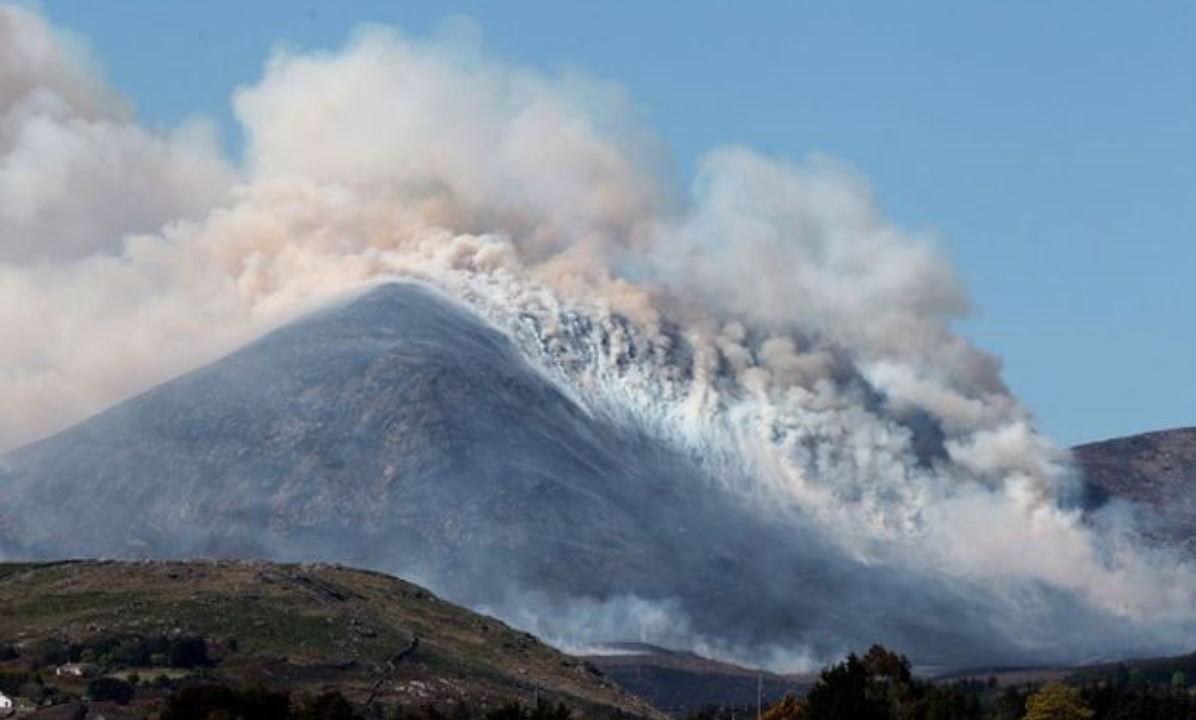Natural England has partnered with Fire and Rescue Services in Yorkshire to encourage the public of Yorkshire to take action to prevent wildfires, particularly as the temperatures rise throughout spring and summer.
Wildfires have a devastating impact on local landscapes, wildlife and air quality and, according to Natural England, with the Easter holidays just around the corner the risk to nature reserves like the Humberhead Peatlands and Marsden Moors will increase unless careful steps are followed to protect the environment.
In 2020, Hatfield Moors in South Yorkshire was devastated by a visitor-related wildfire that injured wildlife and cost emergency services hundreds of thousands of pounds.
Some of these preventative actions include adhering to the Countryside Code, avoiding using barbecues and extinguishing cigarettes responsibly.
“By following the Countryside Code, we can all do our bit to protect nature and prevent fires,” said Paul Duncan, Yorkshire area director for Natural England.
“Do not light fires, avoid using barbecues on moorland and dispose of cigarettes and bottles carefully – glass can cause sun rays to reflect on dry grass and start a fire,” Duncan continued.
“If you see flames, retreat to a safe place and dial 999.
“By following these simple rules we can ensure that our moorlands, including the ancient bogs of Thorne and Hatfield Moors, are protected.
“We want people to enjoy their time responsibly when out on our beautiful moors by taking steps to protect our precious wildlife.“
Lead wildfire officer for West Yorkshire Fire and Rescue Service, Richard Hawley, added that on top of causing damage, wildfires also take rescue services away from other jobs.
“When our crews are called to these incidents, there is not only a high financial cost, but they are taken away from protecting our communities in other areas,” he said.
Echoing his statement was a spokesperson for the Humberside and South Yorkshire Fire and Rescue Services who said:
“Wildfires are a risk to life and property while causing extensive environmental damage and diverting Fire and Rescue Service resources away from where they are most needed – protecting and serving the community.”

